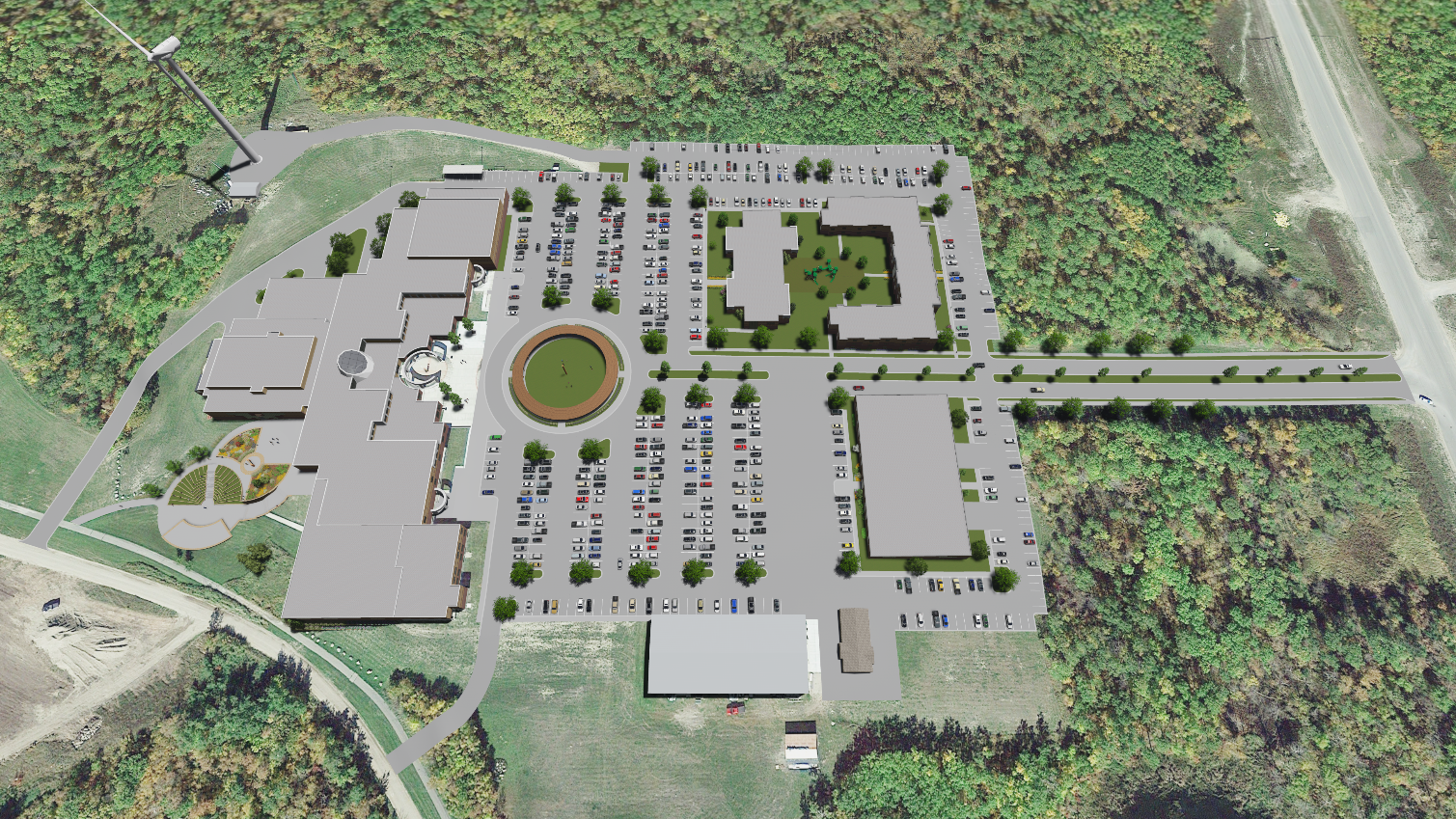

INSIGHT
Creating Smart Growth Through Tribal Community Development
Connect with us
Tribal communities across the U.S. are looking for smart and cost effective ways to strengthen their economies, build on local buildings and attractions and generally improve quality of life. Meanwhile, tribes might find that policies and funding constraints limit how far their efforts can stretch. Therefore, well-planned tribal community development is critical to long-term growth and development.
Consider what will promote growth
Planning where development should or should not go can help a tribe encourage growth. For example, strong educational, health and business facilities are critical to the success of any community. Well planned infrastructure, from roads and sidewalks to water and waste services, is also important to maintain and improve the quality of life for tribal community members.
Wendy Van Duyne, a project manager for Bartlett & West, explained, "Tribal community development planning is most effective when it takes the form of a master planning process, which is a plan that provides a long-range vision for the built environment of a community." Most often a community brings in an outside expert or facilitator to help lead the development of a master plan.
Van Duyne recently worked with the Mandan, Hidatsa and Arikara (MHA) Nation on a community master plan for Twin Buttes, which is part of the Fort Berthold Indian Reservation in North Dakota. That planning process, for example, considered land acquisition options while focusing on a main objective of providing new housing, economic development, tourism and wild life preservation projects.
Think about who should to be part of the planning process
While processes for development of master plans vary, a plan is most successful when it represents a vision that brings together the concerns of different interest groups. VanDuyne advised, “Having the community and other stakeholders involved from the onset improves the chance that the vision is shared and comes to fruition.”
For example, Bartlett & West recently had the opportunity to work with Turtle Mountain Community College (TMCC) to develop a 10-year facilities and land-use master plan for their campus in Belcourt, North Dakota. Collaborating with Bismarck-based Jiran Architects, Bartlett & West led the master planning effort and worked side by side with TMCC’s administrators, facilities personnel, students and the community to assemble a phased plan that will guide campus development.
The six-month design process consisted of numerous stakeholder conversations, both in a group and individual formats, to hear first-hand accounts from those who interact with the campus. Transparent, open dialogue was the cornerstone of the design process and provided the overall framework for the goals and priorities of the final plan.
Protect the natural landscape and culture
It is also helpful to put policies in place that protect the community landscape by preserving open space, protecting air and water quality, providing places for recreation and attracting investment. For the TMCC master plan, facilities assessments, natural resources considerations, and core values of the College were interwoven into each design concept as the master plan document was assembled.
Van Duyne said, “Ultimately, smart growth strategies and well-developed master plans help tribes achieve their goals while maintaining their distinctive culture.”
Planning today means smart growth into the future
Ultimately, by taking a proactive approach to community development through master planning, tribes can plan for and spur continued growth. As Van Duyne said, "Smart growth strategies and well-developed master plans help tribes achieve their goals while maintaining their distinctive culture."
Tell us about your project
We’d love to work with you. Tell us the services you are seeking and one of our team members will connect with you.